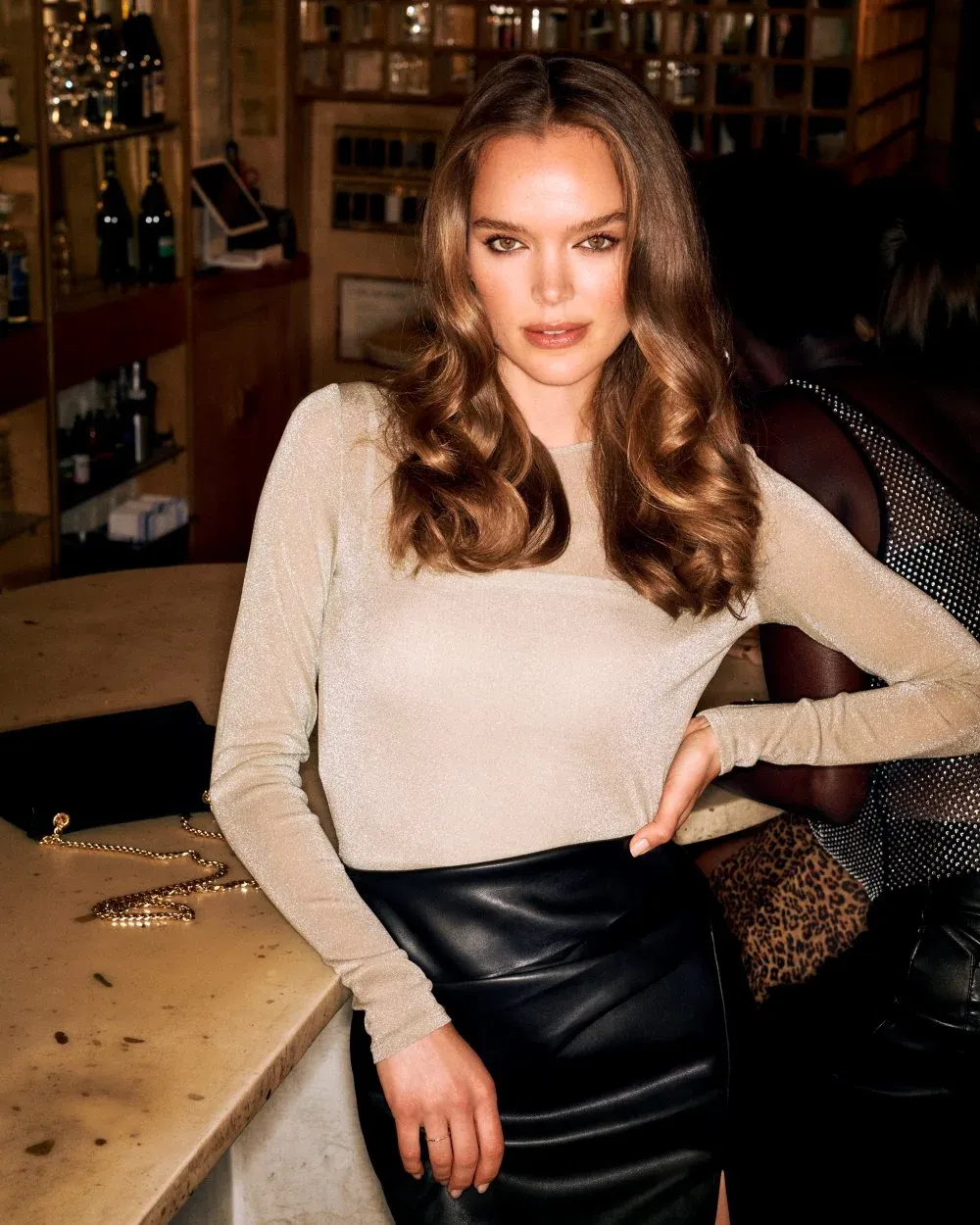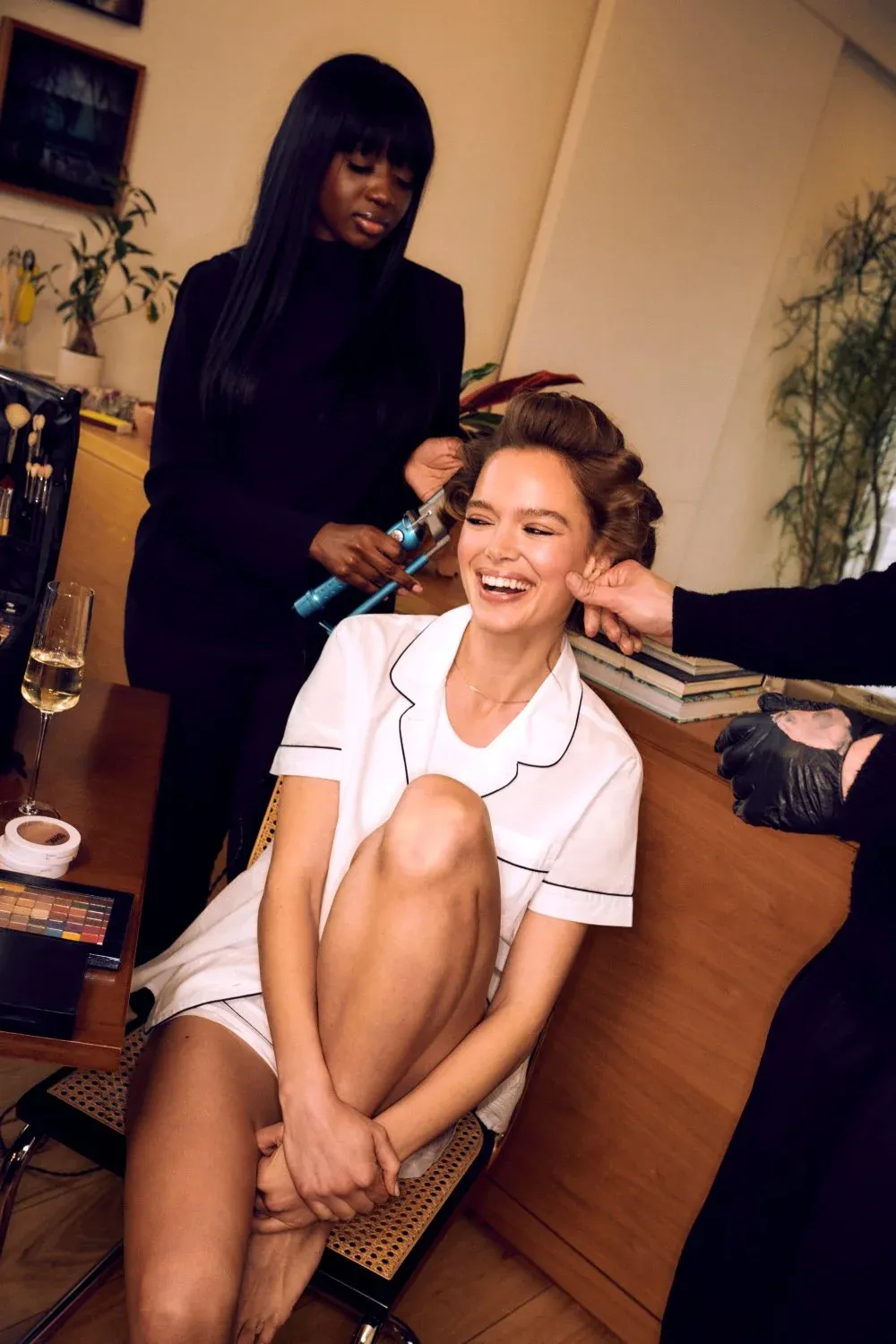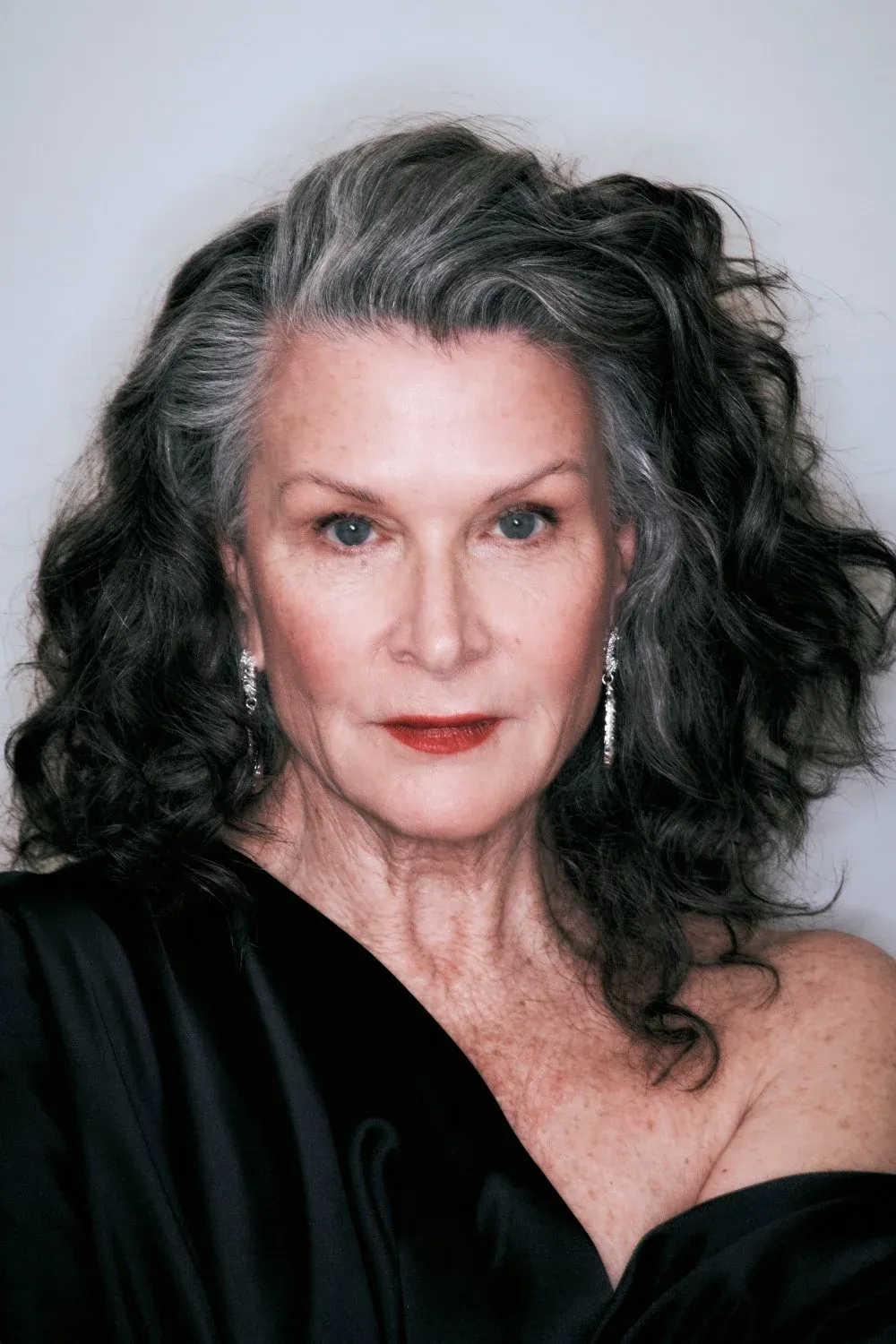Many people weigh the difference between blowout and flat iron techniques when it comes to achieving a gorgeous hairstyle that lasts. Both can transform your hair, but they create distinct looks and have different staying power. The iconic hair blowout style is known for its voluminous, bouncy finish, whereas a flat iron yields a pin-straight, sleek finish. Which method offers long-lasting hair styling results? In this comprehensive guide, we’ll compare blowouts and flat ironing in terms of process, benefits, style longevity, and hair health.

What Is a Blowout?
A salon blowout service involves washing and drying the hair in a way that simultaneously styles it. In a standard blowout, a stylist will shampoo and condition your hair, then blow-dry it in sections using a round brush and specific techniques to create lift, smoothness, and curl as desired. The result is a shiny, voluminous style achieved without a curling or flat iron. A blowout refers to drying and styling your hair into a beautiful look using just a dryer and brush. A professional one can be customized to create straight hair, loose waves, or big, bouncy curls, depending on your preference. The stylist often uses tension with the round brush and high airflow to smooth the hair cuticle, giving a smooth yet bouncy finish. The end result of a proper blowout is hair that feels light, full of movement, and has natural-looking volume that you can run your fingers through.
What Is Flat Ironing?
Flat ironing is a styling method that uses a heated tool to press and straighten the hair for a sleek finish. A flat iron is an electrical tool with two flat heated plates that clamp together. When you glide a flat iron down small sections of dry hair, the heat breaks temporary bonds in the hair, smoothing out curls or waves and removing frizz. Straighteners are designed with heated plates that, when clamped onto sections of hair, work to smooth and straighten the hair strands. Flat ironing is typically done on dry hair after it’s been blown dry or air-dried. Many people use a flat iron as a quick way to get their hair ultra-straight and glossy each day. This technique excels at creating a super sleek look with a flat iron for a smooth finish that tames any remaining kinks or flyaways.
However, flat-ironing does not add volume to the hair. It tends to make the hair lie flatter against the head since the pressurized heat removes lift at the roots. The result is hair that is straight, shiny, and neat, but without the natural bounce a blowout provides. Flat ironing is great when you want a polished, frizz-free style or need to straighten very curly/coarse hair that a blow-dry alone might not fully smooth out.
Tools and Equipment Used
When it comes to achieving professional-looking results with either a blowout or flat iron technique, the choice of tools and equipment plays a pivotal role in both the process and the final appearance of your hair. For a traditional blowout, the primary devices required are a high-quality blow dryer and a round brush. Many stylists and at-home users prefer blow dryers that incorporate ceramic or tourmaline technology, as these materials help distribute heat more evenly and minimize frizz by emitting negative ions. The round brush, often made with ceramic or boar bristles, is essential for creating lift at the roots, smoothing the hair shaft, and shaping the ends. The size of the brush influences the result: larger barrels generate more volume and loose waves, while smaller barrels can produce tighter curls or more pronounced bends. Sectioning clips are also helpful for managing hair in parts, ensuring thorough and even styling.
In contrast, the flat iron technique relies on a different set of tools, with the flat iron itself being the centerpiece. Modern flat irons feature plates made from materials such as ceramic, tourmaline, or titanium, each offering unique benefits. Ceramic plates provide even heat distribution and are gentle on most hair types, making them a popular choice for everyday use. Tourmaline plates emit negative ions to reduce static and frizz, resulting in a smoother, shinier finish. Titanium plates heat up quickly and maintain high temperatures, making them suitable for thick, coarse, or hard-to-straighten hair. The width of the flat iron plates also affects the outcome: wider plates are efficient for long or thick hair, while narrower plates offer more control for short hair or detailed styling. For optimal results and hair protection, it is essential to use a flat iron with adjustable temperature settings, allowing you to tailor the heat to your specific hair type and minimize damage.
Styling Outcome: Volume vs. Sleekness
A blowout styling benefits those who crave volume, bounce, and a bit of natural texture in their look. Because a blowout is done with a round brush and airflow, it lifts your roots and can even create curl or wave at the ends. This gives your style a full, lifted appearance with movement. Your hair after a blowout feels soft and “alive,” not stiff, and often has a glamorous, big-but-natural shape. In contrast, flat ironing is all about achieving a sleek, straight appearance. The hair is pressed into a straight line, so it lies close to the scalp with a glassy smooth surface. You’ll notice far less volume when you use a flat iron, especially at the roots – the hair will be soft but also flatter. If you want big, bouncy hair that swings when you move, a blowout is the way to go. However, if you prefer pin-straight, glossy strands with no frizz, reaching for a flat iron will achieve that effect.
Which Lasts Longer: Flat Iron or Blowout?
When deciding between a blowout and flat iron for long-lasting results, it’s essential to recognize that a range of external and personal factors influences the true staying power of your style. Humidity is one of the most significant environmental elements—moisture in the air can cause hair to revert to its natural texture, leading to frizz, loss of smoothness, or the return of curls and waves. Blowouts, which rely on volume and a smooth cuticle, are particularly vulnerable to humid conditions; the style may lose its bounce, and the hair can become puffy or unruly. Flat-ironed hair, while initially resistant to kinks, can also quickly succumb to humidity, especially if the hair is naturally curly or porous. Sweat has a similar effect: physical activities that cause perspiration, such as workouts or even a brisk walk on a hot day, can introduce moisture at the roots and hairline, causing either style to lose its freshly styled appearance. Weather conditions like rain or high winds can also pose challenges, as direct contact with water or constant movement can disrupt the set shape of both blowouts and flat-ironed hair.

Daily activities play a surprising role in how long your style lasts. Sleeping without protecting your hair—such as using a cotton pillowcase instead of a satin or silk one—can cause friction that leads to frizz, flattening, or tangling. Wearing hats or pulling hair into tight styles can create creases or diminish volume. Even frequent touching or brushing can break up the style more quickly, especially for blowouts that depend on a carefully set shape.
Heat Damage: Blow Dryer vs Flat Iron
A blowout uses a blow dryer, which blows hot air over your hair to dry and shape it. The heat is distributed and constantly moving; you’re not applying continuous heat to one spot for long. Also, you can control the temperature and you’re at a slight distance from the hair with the dryer nozzle. Flat ironing, in contrast, places hair directly between extremely hot plates, pressing in one area at a time. The temperature of a flat iron is often higher than a blow dryer’s air. Plus, many people end up going over the same section multiple times with a flat iron to get it perfectly straight. This combination of high, concentrated heat and repetition can be more damaging to the hair’s cuticle and cortex.
In simple terms, blow-drying tends to be less harsh on your strands than flat-ironing. Blow drying is less damaging because the heat is distributed and not concentrated in one place, whereas a flat iron concentrates the heat on one section repeatedly. Every time you clamp that iron on your hair, you’re essentially pressing heat into it intensely. With a dryer, you’re sweeping heat along the hair shaft more fluidly. This doesn’t mean blowouts can’t damage your hair – they can, especially if you pull too hard or use very high heat close to the hair. But you have a bit more control to keep it gentle. Flat irons give less room for error: if it’s too hot or you’re flat ironing every day, you may see dryness, split ends, or breakage sooner.
When considering the health of your hair, understanding the temperature ranges used for blowouts versus flat ironing is crucial for minimizing damage. Blow dryers typically operate at lower heat levels compared to flat irons. Most blow dryers offer adjustable heat settings, usually ranging from about 140°F to 200°F (60°C to 93°C) on medium to high settings. This allows for adequate drying and styling without exposing hair to excessive heat, especially when the dryer is kept in constant motion and held at a safe distance from the hair. In contrast, flat irons are designed to reach much higher temperatures, often between 300°F and 450°F (150°C to 230°C). The higher, direct heat of a flat iron is necessary to break down stronger curl patterns and achieve a sleek, straight finish, but it also increases the risk of heat-related damage if not used carefully. For fine or damaged hair, it’s safest to keep flat iron temperatures at the lower end of this range. Thicker or coarser hair may require higher settings for effective straightening. Always start with the lowest effective temperature for your hair type and use a heat protectant to reduce the risk of dryness, breakage, or split ends.
Choosing Based on Hair Type and Needs
It’s not one-size-fits-all – the best approach can differ for curly vs straight hair, fine vs thick strands, etc. You can even get a customized blowout for your hair type by communicating with your stylist about your hair’s needs. Here are some considerations based on hair characteristics:
- Curly or Coily Hair: If you have very curly or coily hair and you want to wear it straight, a combination approach often works best. A stylist might first do a blowout to stretch and smooth your curls, then follow up with a flat iron to make it completely straight. A plain blowout can straighten some curly hair, but tight curls will usually still retain some volume or slight texture. Using a flat iron makes it silky straight.
- Thick, Frizzy, or Slow-Drying Hair: If your hair is very thick or frizzy and also takes a long time to air-dry, using a blow dryer is almost a must – it will dry your hair faster and help manage frizz before it sets in. You could then lightly flat iron if you need extra smoothness. But trying to flat iron very thick, wet hair is both impractical and damaging – you’d spend hours and burn your hair. So for dense hair, start with a blowout.
- Fine or Slightly Wavy Hair: If your hair is fine or only gently wavy, you might not need the power of a full blowout to get it straight. Too much round-brushing could reduce the little volume you have. In this case, blow-drying your hair without excessive focus on volume, then using a flat iron to add the final smoothness, can yield a nice straight style without overhandling the hair.
- Damaged or Dry Hair: If your hair is already damaged or extremely dry, you might want to minimize flat ironing, as it can exacerbate dryness. A blowout on medium heat with a heat protectant and a skilled hand will likely be gentler. Additionally, some salons offer blowout service upgrades, such as deep conditioning or bond-repair treatments, as part of the process, which can be beneficial for damaged hair. You could opt for those to treat your hair while styling. Ultimately, be honest with your stylist about your hair’s condition – they’ll adjust the temperature and products accordingly.
- Desired Style and Occasion: Think about what style you’re going for. For everyday wear or professional settings, a bouncy yet smooth blowout might convey effortless polish. For a very formal or high-fashion look (think a sleek low ponytail or super straight glass hair trend), the flat iron’s effect might align better. Also, consider the environment. On a beach vacation, a blowout with loose waves might hold better, whereas flat-ironed hair could frizz at the first sign of humidity.
If you’re doing it yourself at home, you may need to experiment. Some people even combine methods: for instance, blow-drying the hair mostly straight and then using the flat iron for long-lasting styles on stubborn sections, such as the ends or around the face.
Salon Styling at-Home: Booking a Blowout vs DIY
While you can attempt both blowouts and flat ironing on your own, there’s a reason people flock to salons or professional stylists for these services. If you want that salon-quality hair styling result without struggling in front of the mirror, consider treating yourself to a professional session. You can either visit a blow-dry bar or even have a stylist come to you for convenience. It’s easy to book a blowout session with an expert stylist who will handle all the work of washing, drying, and styling your hair to perfection.
For example, Glamsquad is a popular on-demand beauty service that allows clients to book hair blowout appointments right to their home or office. A trained stylist arrives with the tools and products needed to give you a customized blowout on the spot. This kind of mobile blowout hair service means you don’t have to set foot outside – your salon comes to you! The result is you get a professional, long-lasting style in the comfort of your own home.
The choice between a blowout and flat iron comes down to your personal style preference and needs. You might even use both in your routine – for instance, get a weekly blowout for easy everyday glamour, and reserve the flat iron for a touch-up or a special event that calls for extra sleekness. Some people start with a blowout and then add a few flat iron touches, combining volume and smoothness. There’s no rule that you must pick one exclusively.

No matter which method you choose, remember to protect your hair from heat and consider letting a professional step in when you want that extra wow factor or longevity. With the information in this guide, you’re equipped to enjoy the benefits of both a fabulous blowout and a flawless flat iron style. Here’s to good hair days that last!
Sources:
- Formulate – What’s a blowout? (definition of a salon blowout)formulate.co
- Prose Hair – What Is a Blowout Hair Treatment? (benefits of blowouts, longevity 3 days to a week)prose.com
- The Mailroom Barber Co. – Blow Drying Vs. Hot Tools – Reducing Heat Damage (heat damage explanation)themailroombarberco.com

